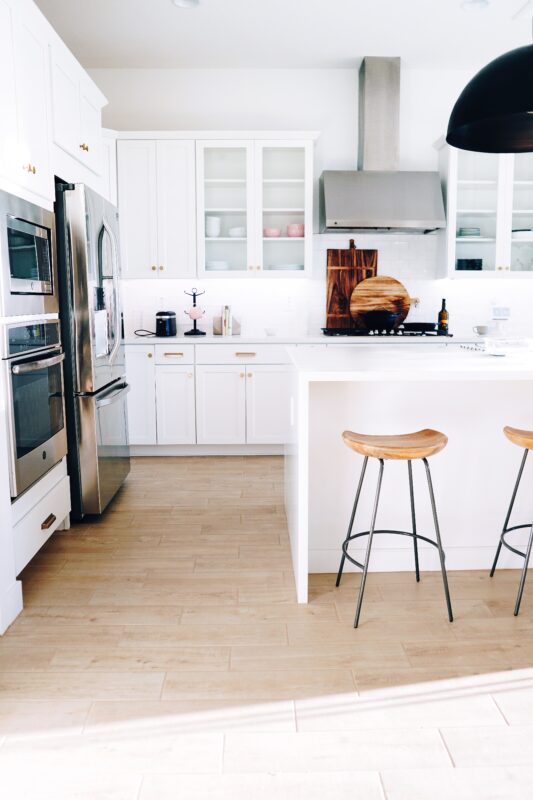
Photo by Sarah Dorweiler on Unsplash
Empty space is wasted space. It gives the impression that a room or part of the house is bare or overly simplistic. This usually happens when you have just moved into a new house. The good news is that things don’t have to stay that way for long, as there are numerous ways to fill those bare spaces. Here are five of them:
Transform corners into storage spaces
Corners are usually empty spaces in homes. But a great way to spruce them up is to use storage spaces designed for corners. The Spruce recommends investing in a Billy Bookcase series, which is one of IKEA’s all-time bestsellers, as it can be customized to any homeowners’ book storage needs. An alternative, if you have carpentry knowhow (or know of someone who can help out), is to DIY your own corner shelf, with the design entirely up to you. You can even install floating shelves if they are more to your taste.
Make corners a functional space
Aside from fashioning additional storage out of empty corners, you can also turn them into functional spaces. You can, for instance, set up additional seating in an empty corner where you can sit down to relax, study, reminisce, or even meditate. Alternatively, you can install a stylish table to turn an empty corner into an extra workstation or study area.
If you are craving for something with a bit more “wow” factor, you can fill a neglected nook with a makeshift mini-bar, which you can do by installing a shelf-and-table combo. This allows it to be part of the room and out of the way at the same time. And if you have space between parallel corners that are close to each other, you could even add an unexpected touch by putting up a hammock.
Turn a bare wall into a mini art gallery

Photo by Jonny Caspari on Unsplash
Think of bare walls as a blank canvas just waiting for some art. You can even turn that blank canvas into a work of art by transforming it into a gallery wall. An article on home improvement ideas by HomeServe states that gallery walls have become extremely popular because they are a great way to add personality to your walls. Use the wall as an opportunity to celebrate your family, friends, hobbies and passions.
So, start collecting photographs and similar mementos—guided, ideally, by the pointers in our previous post on ‘How to Choose the Right Wall Art for Your Space’. In particular, figure out the right size for every piece, and then decide if the entire collection should blend with the wall’s color palette or stand out. Then, figure out how big the gallery will be and if it will be themed or not. Afterwards, look for design and layout inspirations in cafes, galleries, and even Pinterest. Once you have a design, start framing your pieces and lay them out on your wall.
Decorate a big but bare living room
Big, high-ceiling living rooms can easily look and feel empty without the right balance of furniture and ornamentation. You can address this problem by ditching the coffee table for a large, upholstered ottoman. This will eliminate the large gaps usually found between the sofa and coffee table. Additionally, use a daybed or chaise to divide the room into two full seating areas without breaking the flow from one zone to another. This second seating area can either be a reading nook or an intimate spot for smaller groups.
Fill kitchen dead space accordingly

Photo by Josh Hemsley on Unsplash
Finally, most kitchens have dead spaces that just get filled up with clutter. Look to fill this space so that the kitchen works better for you. For instance you could install a magnetic knife rack or stack several large, decorative cutting boards on an empty wall, or a corner storage rack for cupboard essentials. Dead spaces in kitchens are easier to fill because there is always something practical you can put there.
The above suggestions are easy to do, and something you can DIY. But if you need more advice or assistance, contact us. We will offer you our home design expertise and guide you every step of the way!